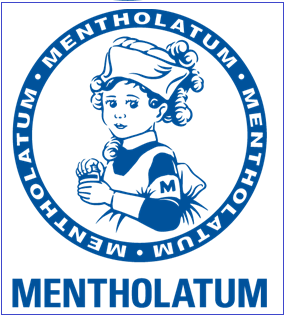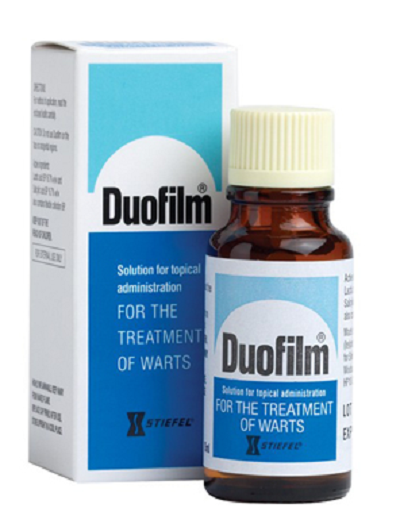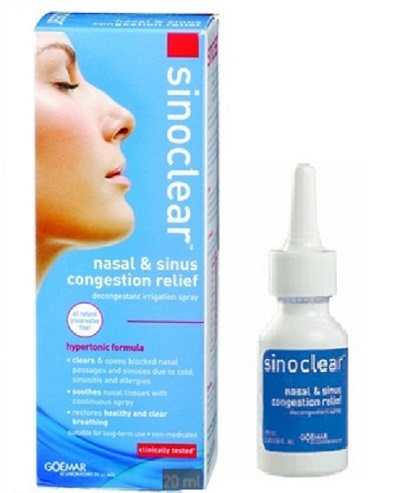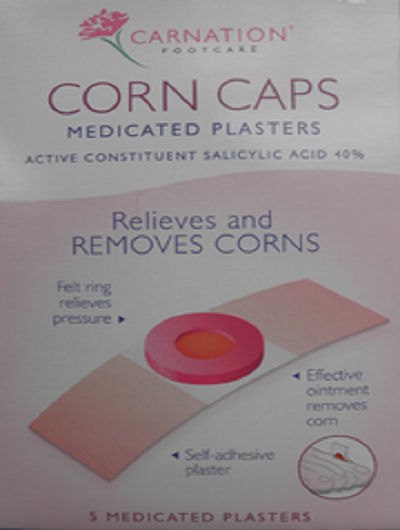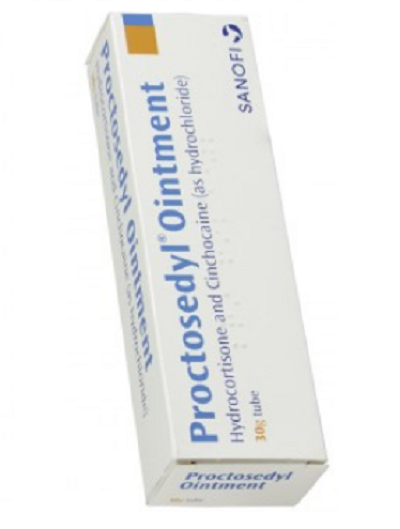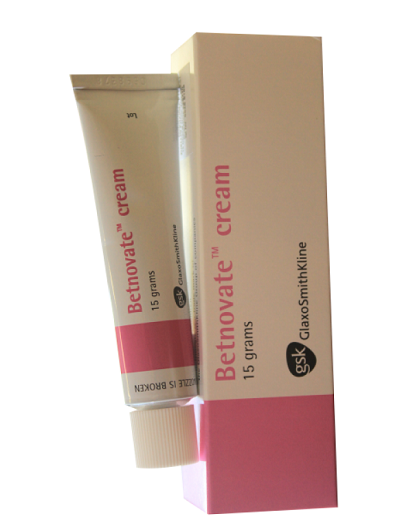Scalp fungal disease, fungal causes, manifestations, prevention and treatment methods
Scalp fungus (or scalp fungal) is not only itchy but can spread to other parts of the body, so it should be treated early to protect the patient's health.
Contents
Two common types of scalp fungus
There are many types of oily skin fungus, among which there are 2 common types of fungus:
Scalp fungus is caused by Trichophyton
The disease begins with small, scattered papules on the scalp. The base of the lesion has thin patches of scaly, healthy hair alternating with amputated hair near the base (because the infected hair becomes hard and easily broken).
A flaky patch of skin that flakes off the scalp may form a temporary bald patch. This disease causes itching, the patient can get fungal skin in other locations (groin, buttocks, nails).
Trachoma (hair eggs)
This fungal disease doo strains of the fungus Pierdraiahortai and Trichosporon beigeli. Typical image is along the hair shaft, from 2-3 cm from the base of the hair, there are round (almost millet-like) soft, black or brown seeds that can peel off like nits.
The condition does not cause hair loss because the mycelium grows only in the hair shaft, which can cause some discomfort or itching. The disease often arises due to poor personal hygiene: having fungal skin diseases in another location, perspiration wet hair, creating a moist environment often.
Subject and source of infection
Due to the nature of labor with high intensity, sweat production, concentrated living conditions, sometimes in concentrated areas such as stationed, students ... low personal hygiene, soldiers and students need understanding of fungal skin diseases in general as well as scalp fungus in particular to proactively and effectively prevent diseases.
The source of the disease is mainly human. In addition, it can come from some animals such as dogs and cats. Fungi can persist for a long time on contaminated material. The disease is spread directly from the skin, through the skin, but the common way is indirectly through sharing combs, hats, pillows ... with patients.
For diagnosis, in addition to based on clinical symptoms, it is necessary to conduct tests: fresh examination of scalp plaques or hair plaques. Culture in agar protein medium for definitive diagnosis of fungus and appropriate treatment regimen.
Treatment of fungal scalp disease
For mild cases, daily shampooing to get rid of hair loss, using a selenium sulfide shampoo or selsun 2.5% shampoo works well.
If it is worse, after washing, cover all hair with a towel (note when washing hair, do not scratch, scratch, cause skin rubbing on the spot, create conditions for superinfection of bacteria).
Or cut off all the hair on the scalp that is affected by fungus, apply fungicides and scaly keratosis daily. If the lesions are superinfected with bacteria, topical antiseptic is applied, systemic antibiotics can be combined.
Take antifungal antibiotic Griseofulvin (brand name Gricin) for at least 4 weeks.
Measures to prevent scalp fungus
- Investigate and find out sick people, send specialized treatment. Also, care should be taken to detect sick livestock.
- Treat other fungal skin diseases early and thoroughly on the body.
- Do not share combs, pillows, hats, washing pots ... with sick people.
- Pay attention to keep hair dry and clean.
Source: europharmas




